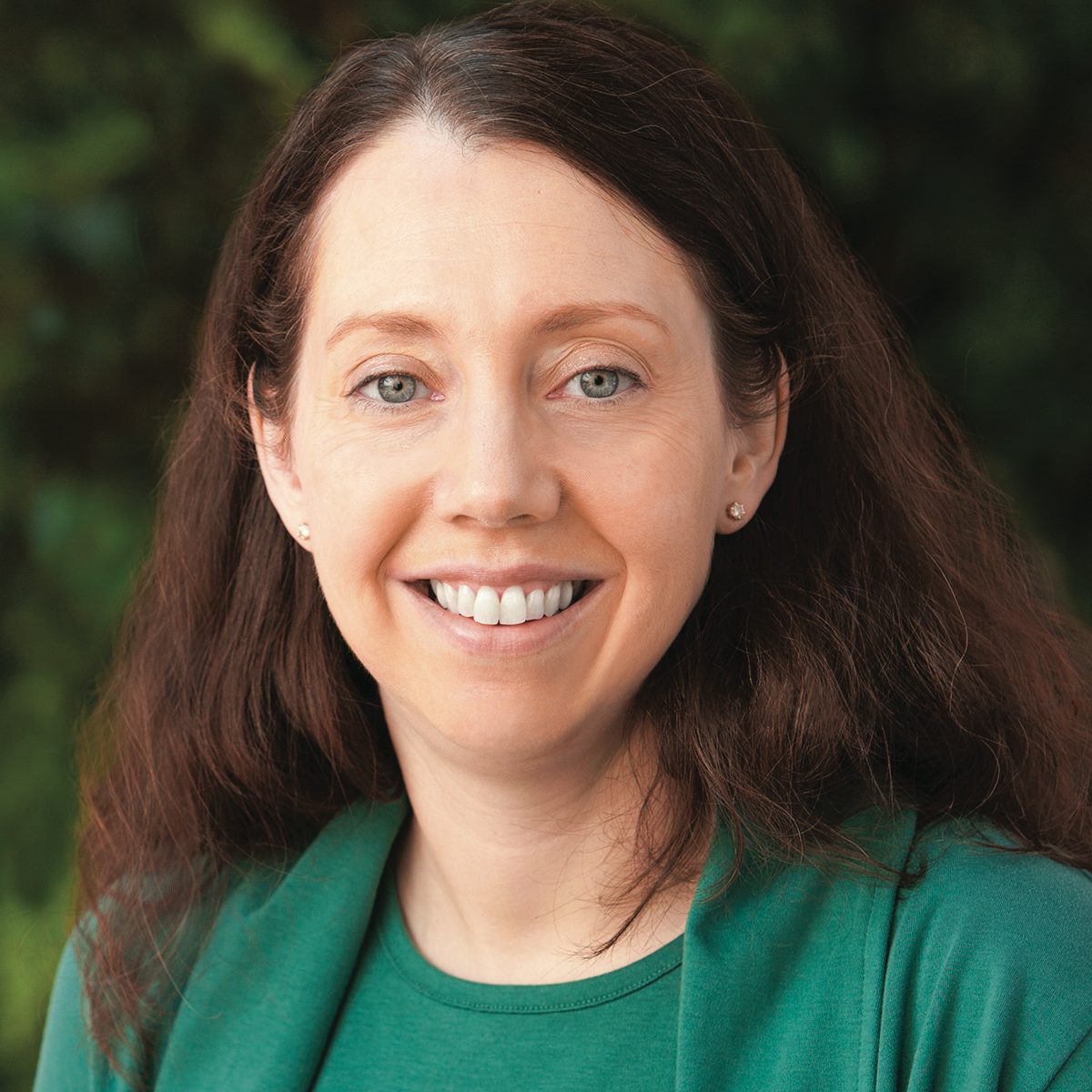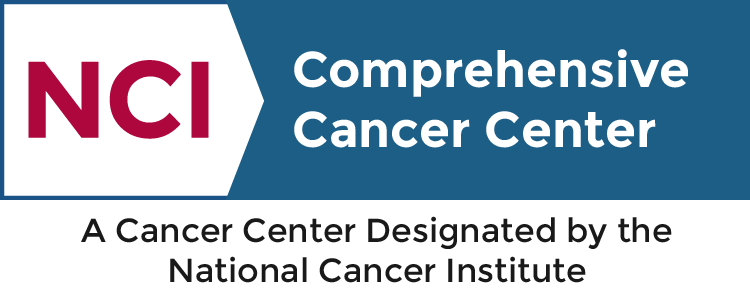October is Breast Cancer Awareness Month. We spoke with SCI leader and breast oncologist Allison Kurian, MD, MSc, about the latest advances in breast cancer screening, and her efforts to identify cancer prevention and treatment strategies that are personalized to a patient’s individual risk level.
How did you decide to become a breast oncologist?
While I was training to become an oncologist, I also obtained a degree in epidemiology, so I spent a lot of time thinking about risk across the population – who gets cancer and who doesn’t, and when people get cancer, who lives and who dies. These questions lie at the heart of social justice and health equity in our society. I am very interested in strategies to assess a person’s risk of developing and of dying from cancer, and personalizing treatment to fit the risk – not too little or too much, but just right. This is the concept of precision oncology. Breast cancer is the area of oncology in which precision risk assessment – genetic testing before diagnosis, tumor sequencing to direct treatment after diagnosis, and algorithms to estimate the long-term risk/benefit ratio of interventions – is most advanced, and is improving all the time. This allows us to offer exceptionally high-quality and personalized care to our patients, from estimating and reducing cancer risk before diagnosis all the way to targeted treatment of advanced disease. As a clinician, I find this incredibly exciting and rewarding.
Recently, the American College of Medical Genetics and Genomics (ACGM) changed their guidance to say PALB2 is the “third most important breast cancer gene after BRCA1 and BRCA2.” How has this impacted clinical care and screening for your patients?
That statement is just the tip of the iceberg. Over the last decade, next-generation sequencing technology and changes in legal regulation have made genetic testing for inherited cancer risk more widely accessible than ever before. This has led to an abundance of genetic information for the care of our breast cancer patients, which has enabled gene-specific guidelines for screening, prevention and treatment, and targeted therapies such as the poly(ADP-ribose) polymerase (PARP) inhibitors, which are FDA-approved for breast cancer patients with BRCA1/2 mutations and look promising for patients with PALB2 mutations. PALB2 has been in the news lately, but there are also two other breast cancer genes in which we commonly see mutations: ATM and CHEK2. Their associated breast cancer risks are somewhat lower than those of PALB2, but mutations in ATM and CHEK2 are responsible for a larger proportion of inherited breast cancer risk than mutations in PALB2, so they are also very important for patient care. There are several other clinically relevant breast cancer-associated genes, and when a mutation is found, we follow guideline recommendations for gene-specific screening, prevention and treatment. For 15 years, I have served on the National Comprehensive Cancer Network committee that develops practice guidelines for genetic testing and results management, and it has been very encouraging to watch the emerging scientific evidence drive cancer care forward.
Cancer screening has plummeted in 2021 despite the easing of COVID restrictions. What steps can clinical practitioners take to encourage people to get screened?
The COVID19 pandemic has been a terrifying and disruptive time for everyone. Unfortunately, there has been a drop in screening mammogram use, and we and others have published studies predicting that this drop is likely to contribute to an increase in breast cancer deaths. It is very important for clinicians to remind women that yearly screening mammograms save lives and must be prioritized, even in a pandemic.
Of note, genetic testing for cancer risk has not been as disrupted by the pandemic, because genetic counseling and risk assessment consultations can be conducted effectively by video visit (in fact, this can work very well because it allows family members, who are also at risk to have inherited a genetic mutation, to join the video consultation even if they live far away). Genetic testing can usually be conducted on saliva samples, so a testing kit can be mailed to a patient after a video consultation, the patient can collect saliva at home and mail it back – requiring no physical contact with the healthcare system. The pandemic has forced us to conduct a “natural experiment” in telemedicine for clinical cancer genetics, and it has worked remarkably well. It is important that healthcare infrastructure and reimbursement continue to support this effective care model.
Can you tell us more about your cancer research focus?
As noted above, I am very interested in risk-adjusted screening and treatment – in personalizing preventive and therapeutic interventions to a patient’s individual risk level. My research has thus focused on inherited genetic risk, which is a major determinant of whether a patient develops cancer and how she fares after cancer diagnosis. This has taken the form of genetic epidemiology studies in very large datasets – most recently, a study of genetic testing, treatment and outcomes of all breast cancer and ovarian cancer patients in the states of California and Georgia, covering a catchment area of 50 million people. I aim to understand how cancer screening, prevention and treatment are implemented across the population, in order to identify gaps and inequities and target them for improvement. I have developed tools to guide patient decision-making about strategies for reducing cancer risk, such as the Stanford BRCA Decision Tool (http://brcatool.stanford.edu), which is used by patients and clinicians in the U.S. and beyond. Together with colleagues at the University of Michigan, I am leading a trial of strategies to facilitate genetic testing of the relatives of cancer patients who carry inherited gene mutations, funded by the NCI’s Biden Moonshot Initiative.
There are racial and ethnic disparities in breast cancer screening, which inevitably affect survival rates. How can clinicians and researchers help to dismantle these health disparities?
Inequities in cancer care are persistent and unacceptable. There is a tremendous amount of work that must be done to address the underlying systemic racism in our society, which unfortunately perpetuates these injustices. I think representation in cancer care and research is crucial, and I am very supportive of efforts to recruit more diverse physicians and scientists to work on these major problems. Promising interventions to address disparities include lay health workers and community-based health navigators; I am also optimistic about approaches to enhance access of racial/ethnic minority women to centers of expertise, since there is evidence that this may reduce breast cancer mortality, particularly for Black/African American women.



